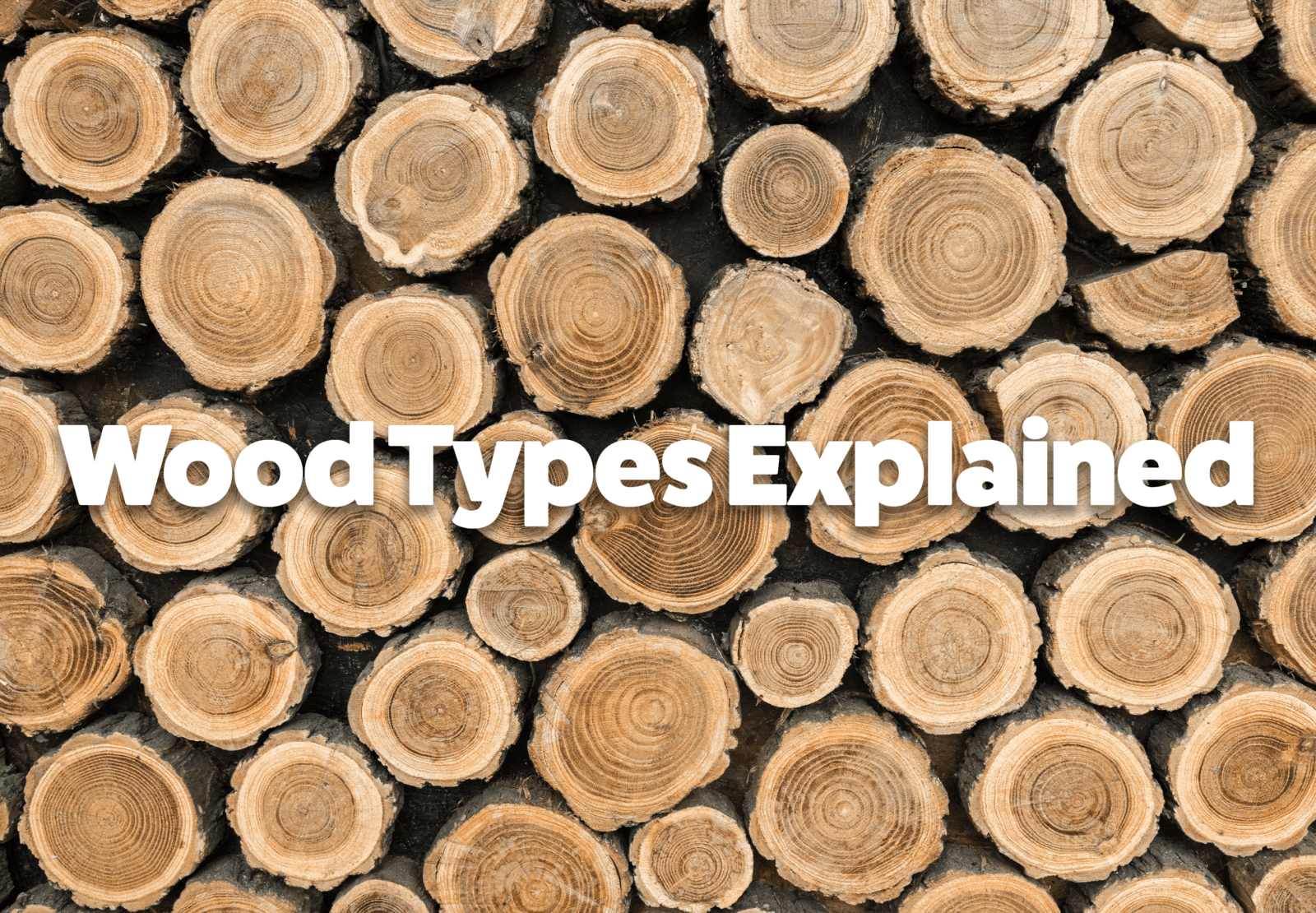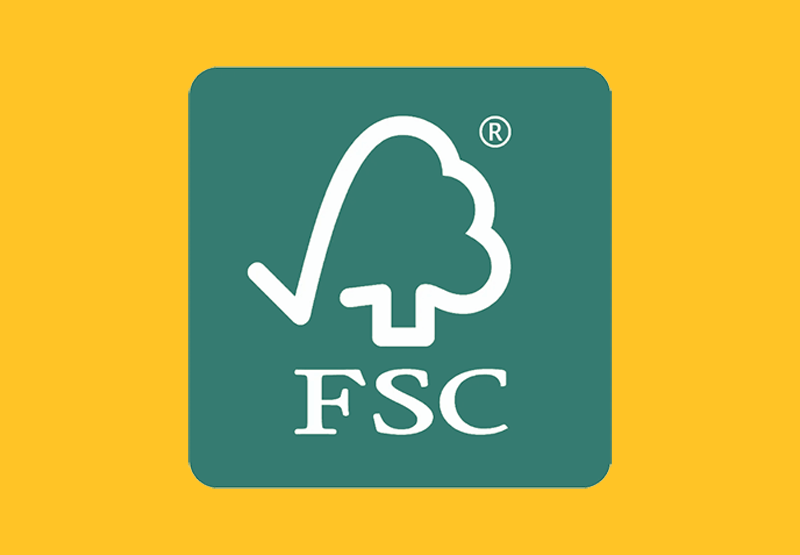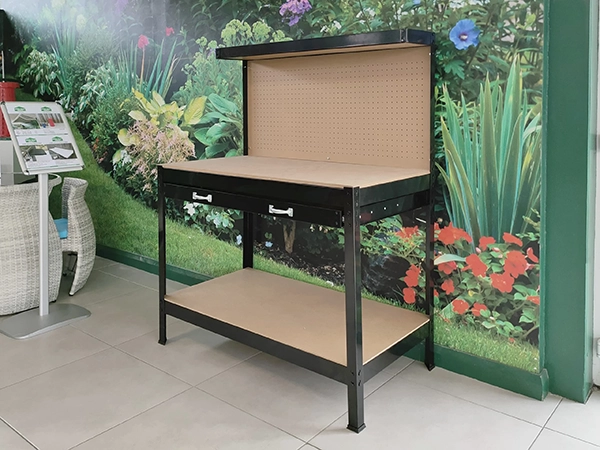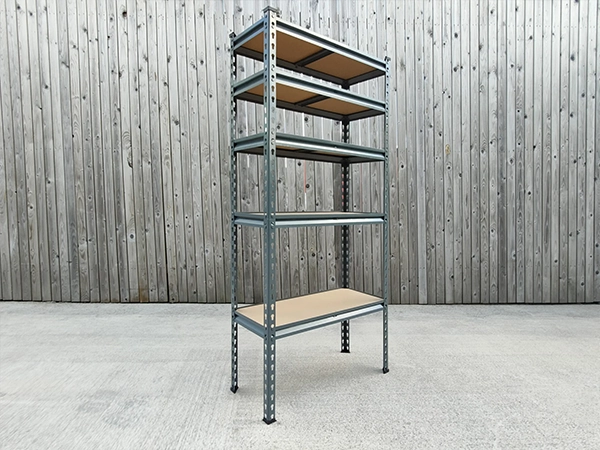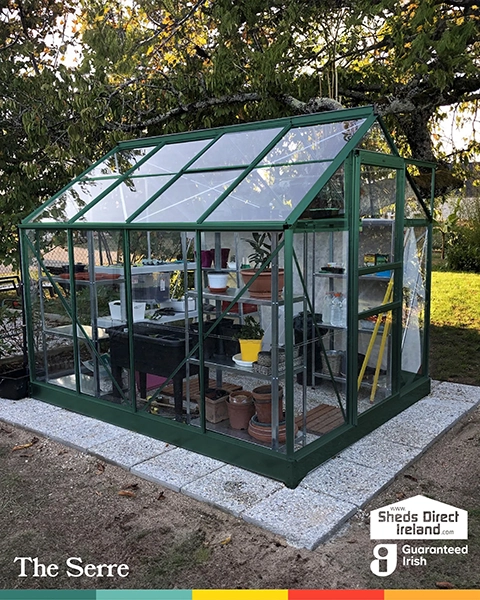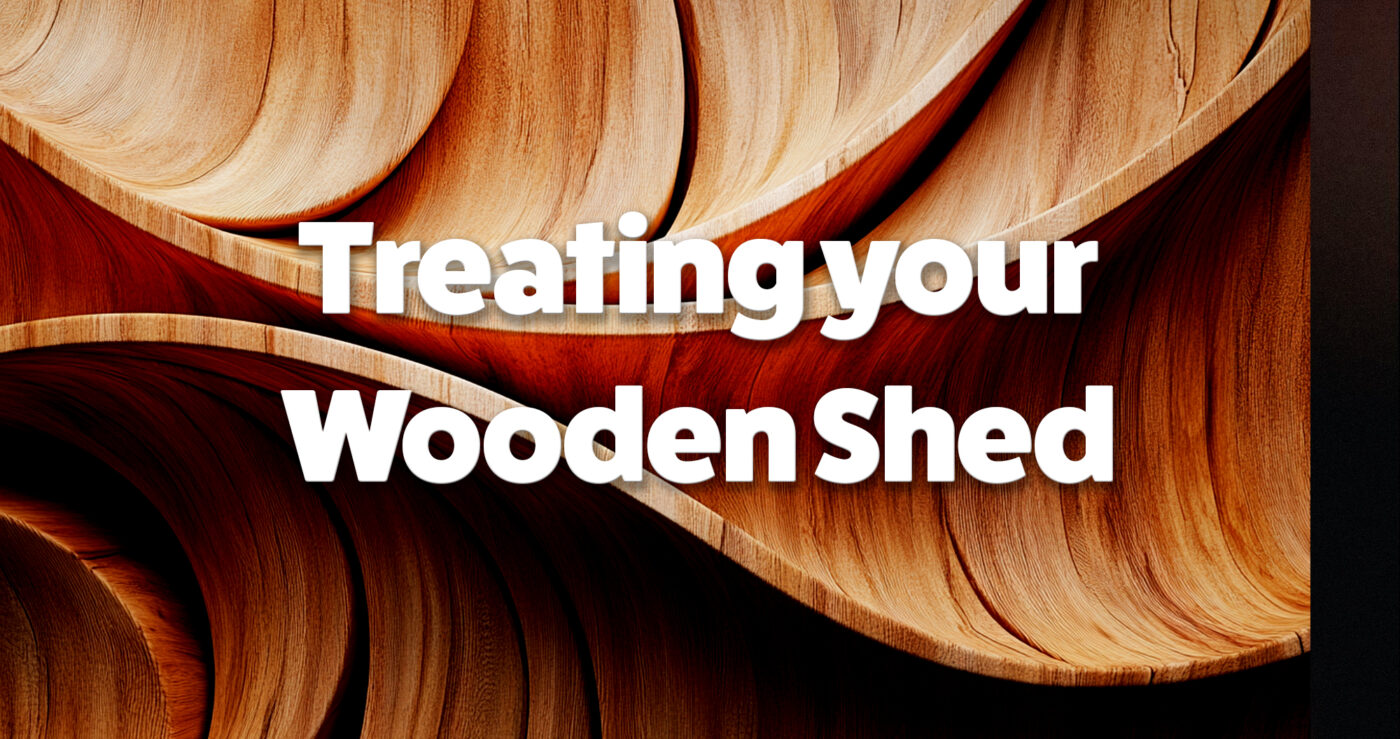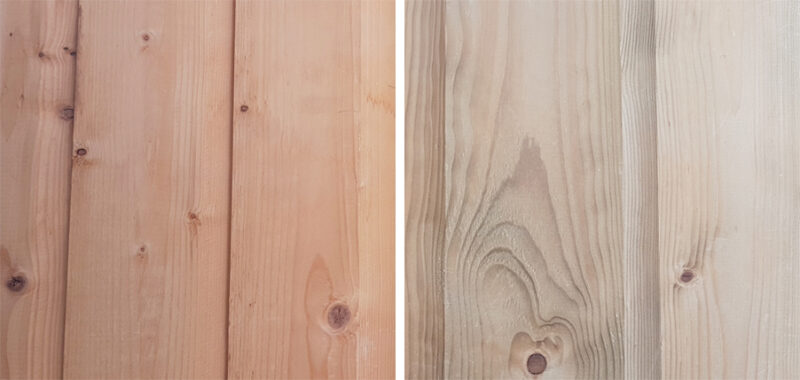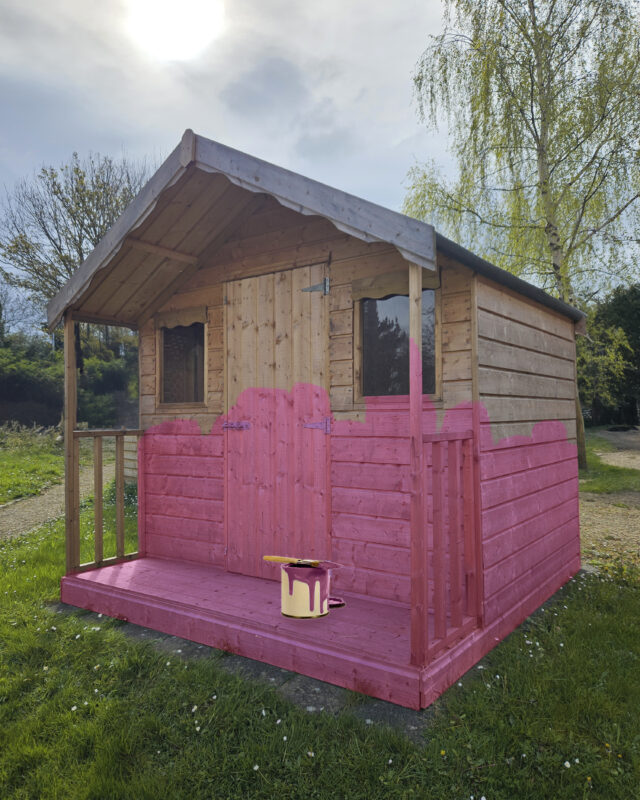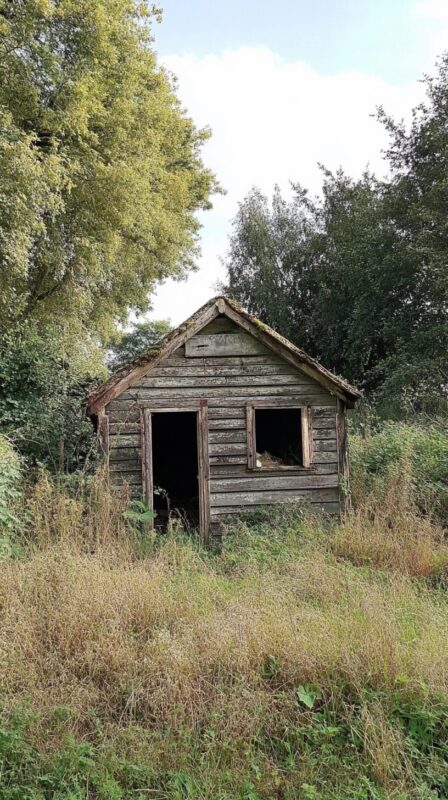How To, Wooden Sheds
Treating your wooden shed
Treating your wooden shed
Wooden sheds are an elegant choice for the garden, but left untreated they’ll fall apart quicker than a cake left out in the rain. Today we’ll look at all the ways to treat your shed, when you should do it and other helpful tips to keep your timber looking tip-top throughout the year. Lets start with pre-treating.
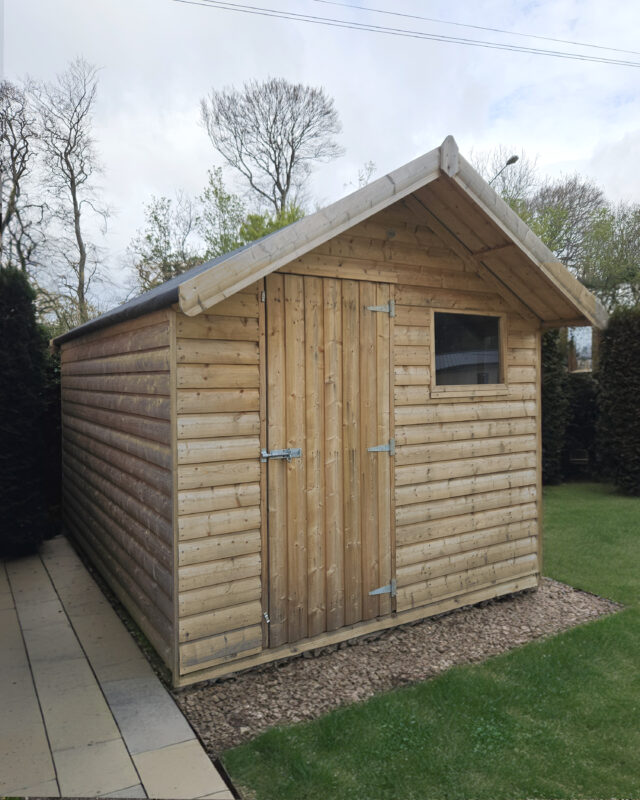
Pressure Treated Sheds
You can buy sheds where the wood has already been treated. Our sheds, like the majority of Irish shed companies, do this by using ‘Pressure Treated Wood’. If you’re looking for the ultimate hands-off option, this could be the one for you.
In a nutshell, pressure treated wood has had chemicals pushed through it to prevent it from rotting prematurely. It’s an option that you can add to your wooden shed at the time of purchase. The process is done before the assembly. Our guys won’t be using any chemicals in your garden to do this; they will arrive with boards that have already been treated and assemble your shed from these. As a bonus, pressure treated Deluxe and Barrel Board sheds come with an internal lining too. This helps keep the inside of the shed temperature controlled and in good nick.
Benefits of Pressure Treating your wooden shed
Pressure Treating the wood will stop your shed prematurely rotting, and it makes it resistant to mould and mildew. Rodents and wood-eating insects will find it more difficult to get through, too. It’s essentially a coat of armour for your shed. For most people, though, the biggest benefit of pressure treating is that they’re buying time. When the wood has been treated, you don’t have to worry about going out, buying wood treatment and spending the hours it takes to slap it onto the shed. It’s a hands off solution and the treatment is effective to 10-12 years on average.
Downsides of Pressure Treating
Pressure Treating is a costly enough process. In some cases, it can add another 30% to the cost of your shed. It’s not the only downside however. Pressure Treated wood will ‘silver’ over time. Not everyone is bothered by it, but it’s worth knowing before you buy. The wood will take on a slightly silvery sheen to it over time. In the below picture you can see untreated wood on the left and aged pressure treated wood on the right:
Manual Treatments
If you don’t mind rolling up your sleeves, manually treating your wooden shed offers a lot of benefits. You won’t be stuck finding something suitable in a local hardware store, either. We’ll look at some suitable options here as well as where to be careful.
Varnish
Varnish is probably the first thing you thought of when you thought of wood treatment. It’s a popular choice, and with good reason. Varnish forms a top level coating on your wood and it makes it as tough as nails. It offers protection against mould and fungus growth and you can get varnishes that add a nice, new shade to the colour of your shed.
Varnishing a shed can be a laborious task – and not one that you’ll want to do with young children or pets present, but once it’s done, chances are it won’t need to be redone for several years.
Wood Stain
Where varnish sits on top of the wood, providing a thick layer of protection, wood stain seeps into the wood, but offers little protection. Wood stain is generally decorative, it is used to bring out the texture of the grain, but it shouldn’t be used as a way to preserve the wood. You will find various different types of stain available. Some offer different shades or colours, others may offer some protective properties. In a nutshell, stained wood should always be finished.
That said, you may be able to find a stain-and-poly blend which would provide surface level protection as well as a stain.
Paint
“Do yiz do tha’ shed in pink?”
Theoretically, paint offers a whole host of new colours for your shed, and it can offer some protection too. In our experience, it would appear that a lot of people are going about painting their shed in the wrong way. They’re using the wrong materials or doing it at an inappropriate time of year. This leads to discolouration, chipping and in some instances we’ve even seen the wood rotting underneath the paint. So if you are going to paint your shed a lovely shade of neon pink, make sure you know what you’re doing.
Compared to the other options, painting a shed requires a lot of leg work. You’ll need to find a suitable day (e.g. bright, warm and with low humidity), remove any fixtures, sand the shed down, remove all the dust, apply your primer, let that dry, and then paint your shed. And that’s just the basic gist of it. It can be a lot of kerfuffle, especially if you’re going for a colour that could be achieved through a varnish or a wood stain. On top of that, not all paints are suitable for the wear and tear of a shed – so, make sure you find an exterior paint that’s suitable for use on wood.
How much do I need?
If you’re looking for a calculator to work out how much product you’ll need, Timbashield have one on their website that might offer a good starting point. Heads up: you will need to convert feet to meters for it. Oh, and it’s worth noting that while it’s a general tool, it is aimed at using their product, so take the figures with a grain of salt.
Treating your wooden shed: Our Recommendation
If you’re looking for a quick answer with which option to go with, we recommend Fleetwood’s Timber Guard.It’s an Irish made and tested product, so you know that it’s made with our climate in mind. On top of that, it’s water repellant and it offers UV protection too. It’s ideal for Irish sheds and it’s a relatively simple product to apply.
There’s no saving a dead shed
Treating a shed should be treated like going to a dentist. Regular check-ups will prevent everything falling apart in the long-run.
There’s absolutely zero benefit in treating a shed that has already started to rot, or that is smothered with mould. If your shed has succumbed to Mother Nature bashing it unopposed for a decade or so, it’s probably time to throw in the towel and get a new shed. If you’re at this stage, I’m sorry to say that there’s very little that you can do to keep that shed going. Why not get in touch with us and discuss your options – if you’re getting a new wooden shed, we can even offer a removal service of your old shed. (Removal service in the sense that we’ll physically remove the shed from your garden, we won’t be sitting around singing ‘O Danny Boy’, and telling stories from it’s childhood).
Treating your wooden shed: Any questions?
Let us know. You can find us on Facebook, over on Instagram or you can call us at 01 864 4247



